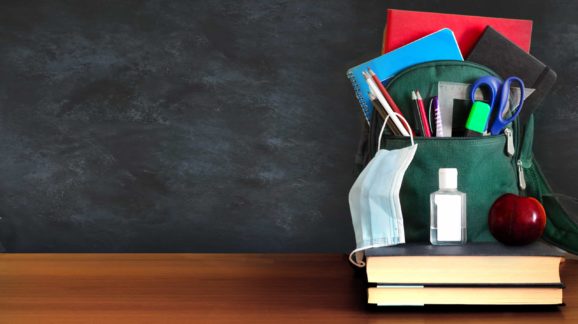Don’t Wait to Reopen Schools
Abundant evidence makes clear that in-person learning poses little health risk—and that keeping children home is doing serious damage to them, their parents, and the economy.
President Biden has asked governors to reopen schools at the end of his first 100 days in office. Why wait? No Covid-19 mitigation strategy has been as destructive to students, their parents, and the economy as school closures. The evidence—including new CDC guidance and a new CDC report—clearly shows that these closures are not only harmful but also do little to protect against illness in either children or teachers.
The first cases of community transmission of Covid-19 in the U.S. were confirmed in late February 2020. By late March, all kindergarten through grade 12 public schools were closed for in-person contact. Reopening has varied considerably from state to state and from district to district. About a quarter of school districts are still conducting online-only learning and about half operate on a hybrid model. Less than one in five has fully reopened for in-person learning.
Closing schools damages students’ academic progress, social development, and mental health, and limits access to essential services like nutrition and health screenings. Closures lead to significant declines in academic achievement. While online learning can mitigate the impact, most online programs are of poor quality and do not meet educational standards. Moreover, large numbers of low-income families lack Internet access and computers for online learning. A year of lost learning could reduce the future earnings of students by as much as 10 percent per year. One estimate put the lost earnings as high as $30,000 per decade for those who would graduate from high school but not college.
Parents are also negatively affected. Twenty percent of full-time workers have a child younger than nine at home, and 61 percent of these workers either have no spouse or a spouse working full-time. Many who cannot work from home and do not have access to child care must stop working to take care of their kids. Parents with children learning from home are more likely to be unemployed and twice as likely to be out of the labor force—neither employed nor looking for work—as parents whose children are attending school in person. And the economic damage is not limited to parents: school staff and suppliers have suffered layoffs and income loss from school closures.
When the pandemic began, it was assumed that—as has been the case with other respiratory diseases—children would be easily susceptible to infection, would get sick (sometimes severely), and would be important vectors of disease spread. It soon became apparent that children are at far less risk than adults, and that young children are less likely to be vectors. By the early summer, the American Academy of Pediatrics concluded that “the preponderance of evidence indicates that children and adolescents are less likely to be symptomatic and less likely to have severe disease resulting from SARS-CoV-2 infection. In addition, children may be less likely to become infected and to spread infection.” The AAP maintained that the damage to children from school closures far outweighed the risks of school re-openings. On January 5, the AAP reaffirmed that in-person instruction does not significantly increase community transmission to other students or teachers, particularly if in-school mitigation measures are utilized.
Read the full article at City Journal.
